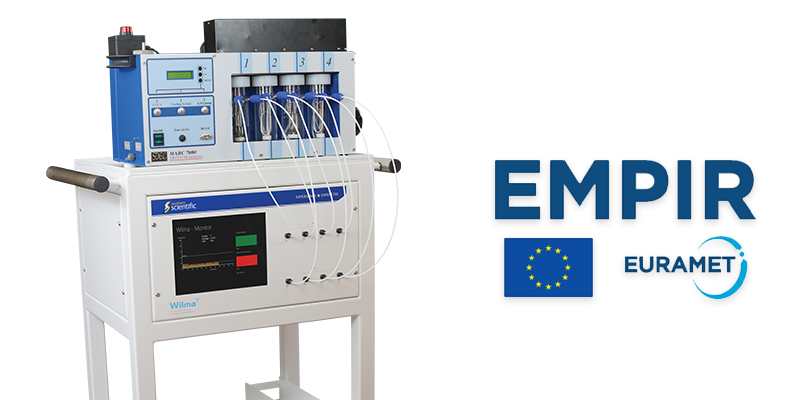How is Wilma contributing to the MetroDECOM II project with the National Physical Laboratory?
18th June 2019

Contributing to the project, Southern Scientific’s Wilma aims to provide a remote, automated air monitoring system to deploy to test sites, enabling the safe storage and disposal of nuclear waste.
Wilma’s existing functionality utilises a novel approach to streamline the process of sample collection and preparation required for detecting and quantifying alpha and beta contamination in liquid samples via scintillation counting. Wilma includes touchscreen PC running user-friendly software, which allows easy configuration and monitoring of sampling and measurement cycles.
By utilising Tritium or Carbon-14 bubbler units with Wilma, the instrument can also detect low-level radioactive contaminants in air samples.
As part of the research programme, Southern Scientific is benefitting from a close collaboration with the National Physical Laboratory in Teddington. NPL’s Dr Steven Bell, work package leader for MetroDECOM II and Senior Research Scientist within the Nuclear Metrology Group, said:
“To date, as part of MetroDECOM II, NPL has assisted Southern Scientific to prepare Wilma for a range of new applications by supplying bespoke water standards. Water standards have been tailored to match the conditions likely to be encountered during operation, such as high levels of salinity. NPL will continue to validate the Wilma instrument through a programme of laboratory testing and field trials over the next 18 months.”
The three-year project aims to be finalised by August next year and will optimise the technology for air sampling and measurement as well as seeing a demonstration unit deployed to storage sites of interest in the UK and Europe.
You can read more about the project here.